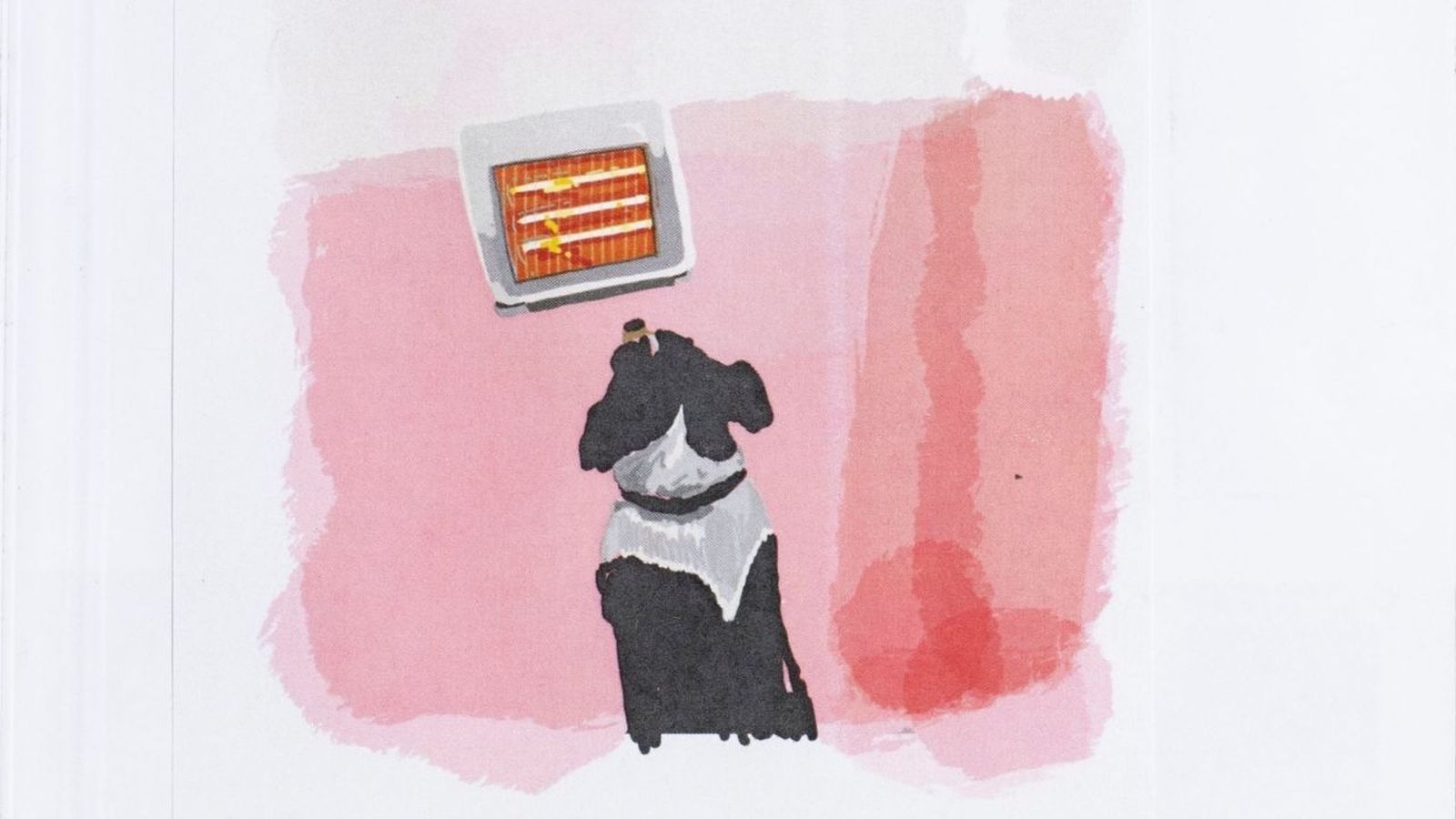Bin Dixon-Ward

Bin Dixon-Ward
Bin Dixon-Ward is an artist and contemporary jeweller based in Regional Victoria. She went through two lockdown periods as many other Victorians and the restrictions have stopped her from all kinds of social activities, including visiting family and attending funerals of two friends. The journal presented Bin’s observations of home during isolation and her creative process of turning 3D objects into 2D digital images then 3D printed objects. Bin captured her living space through the 3D scanning sensor camera on computer software. The digitised process presented her introspection and reconsideration of intimate scenes in her isolation life.
“For stage 3 lockdown…My home is my world and my portal to the universe.”
We asked Bin three questions about her experience of isolation, completing this journal and her hope for the future. These are her responses:
Describe the experience of the period of isolation for you.
Isolation, as a Victorian has a different meaning than for the rest of Australia. As I write, Victoria is in its second lockdown period. Melbournians are enduring Stage 4 restrictions. Travel is restricted to within 5 km from home and outdoor exercise to a maximum of one hour. And there is the 8 pm curfew. And the mandatory masks. I live on the coast in regional Victoria, we are in stage 3 restrictions. Not as limiting as our city friends but we too are wearing masks whenever we leave our homes. I have not seen my 87-year-old mother since a brief period of relaxed Stage 2 restrictions in June. Two friends have passed away and I couldn’t go to their funerals. I miss my studio mates, I miss my weekly visit to campus to teach. I miss dinners with friends. I miss exhibition openings and events. I miss my jewellery and craft community. Yes, there is Zoom and its various equivalents but the squeaky sound, the glitchy video, the strange camera angles and the time lags don’t allow for a spontaneous conversation. It is exhausting but essential.
Iso has bought me into my home, I’m not thinking of the complexities of cities and the urban environment. I’m immersed in the small spaces and safety of home. My travelling, work and social life is now done through the screen. I shop online, I do my regular exercise class online, I attend festivals and events online. The physical world has shrunk and has been replaced with vectors of digital networks.
What does your book represent and how did you approach the challenge?
My Design/Isolate journal is a collection of experiments in capturing the intimate scenes and spaces of my iso world. Using a range of digital imaging technologies, I have drawn, photographed, 3D scanned, 3d modelled and 3D printed and 2D printed little moments of iso life. The dogs playing, the dogs sleeping, the dogs warming in front of the heater, the lounge room, the kitchen, and my studio (I have spared you the bedroom).
What do you hope will change in Australia as a result of the pandemic?
I hope we will be more thoughtful and less self-centred society. I hope our perspectives on what holds value shifts away from disposable culture to quality and longevity. I hope never to hear the work ‘pivot’ again!
Bin Dixon-Ward's relationship to making jewellery is a part of her everyday life such as riding her bike to her studio, visiting the dentist, riding a tram. An angle of a building corner, a fleeting distorted reflection, a pattern on a pavement; these often fleeting visual experiences are the beginnings of her ideas.
Bin is interested in making objects that reflect the times and place in which we live. Where digital technology is used in the process of making, its presence can be referenced in its forms, materials and systems. Artwork made with digital tools reflect the place and time in which it was made.
In time and with constant use, Bin's digital skills have become innate and unconscious. Hand–eye coordination is no longer a conscious activity as manipulating tools become a part of her physicality.
Once Bin starts working with ideas, transforming and developing them into objects using the tools of 3D modelling software and 3D printing. Once these tools come into play the idea has a chance of becoming a real world object. Bin's relationship with these tools is intimate and an important part of her making process.
As a digital craftsperson Bin’s concerns are with her intimate relationship with her materials and tools. By embracing the technology and acknowledging its contribution in the process of making, the complexity of this relationship is uncovered.
View Bin Dixon-Ward's journal here:
Image: Bin Dixon-Ward, Design/Isolate Journal (detail), 2020.
